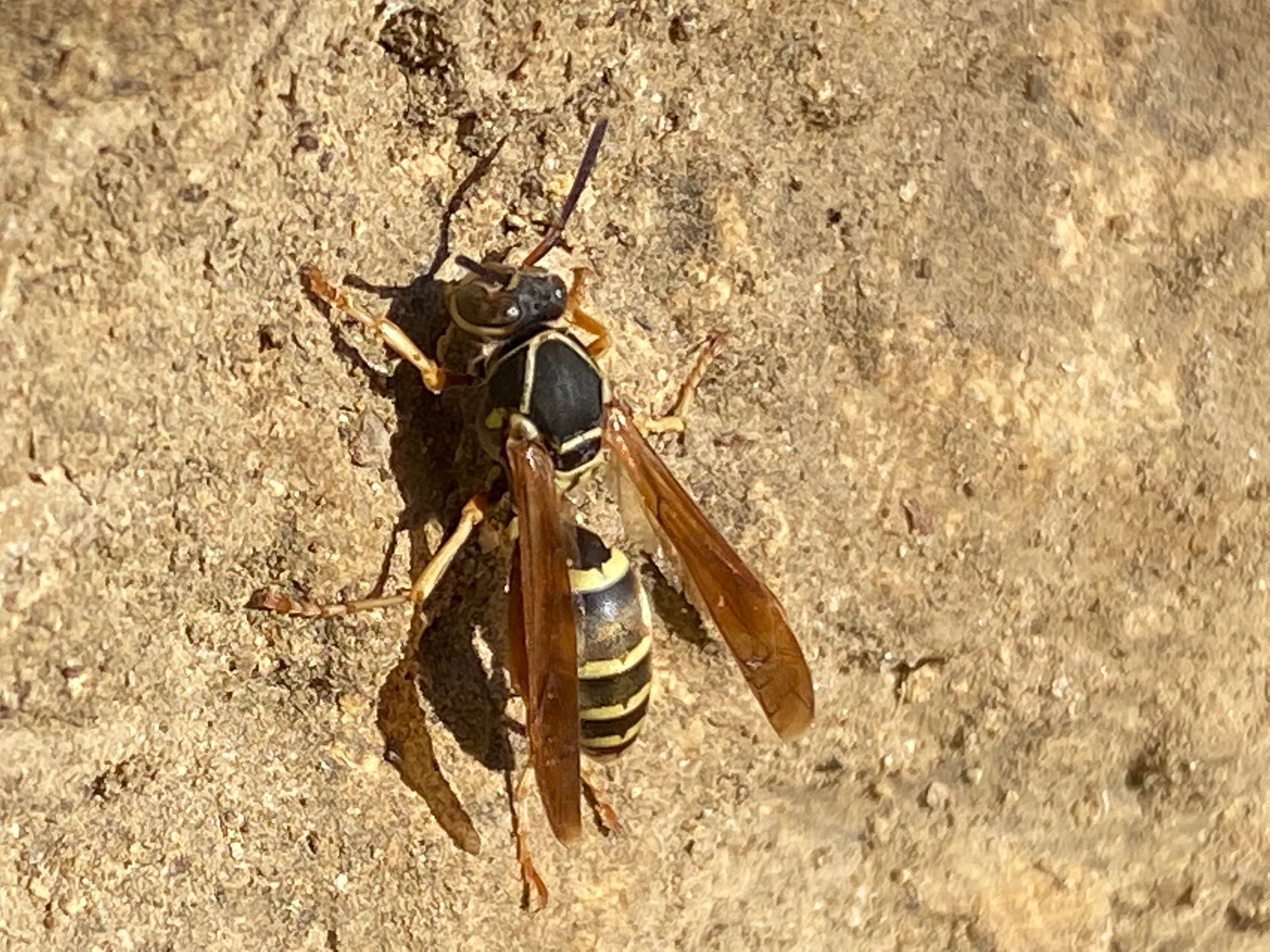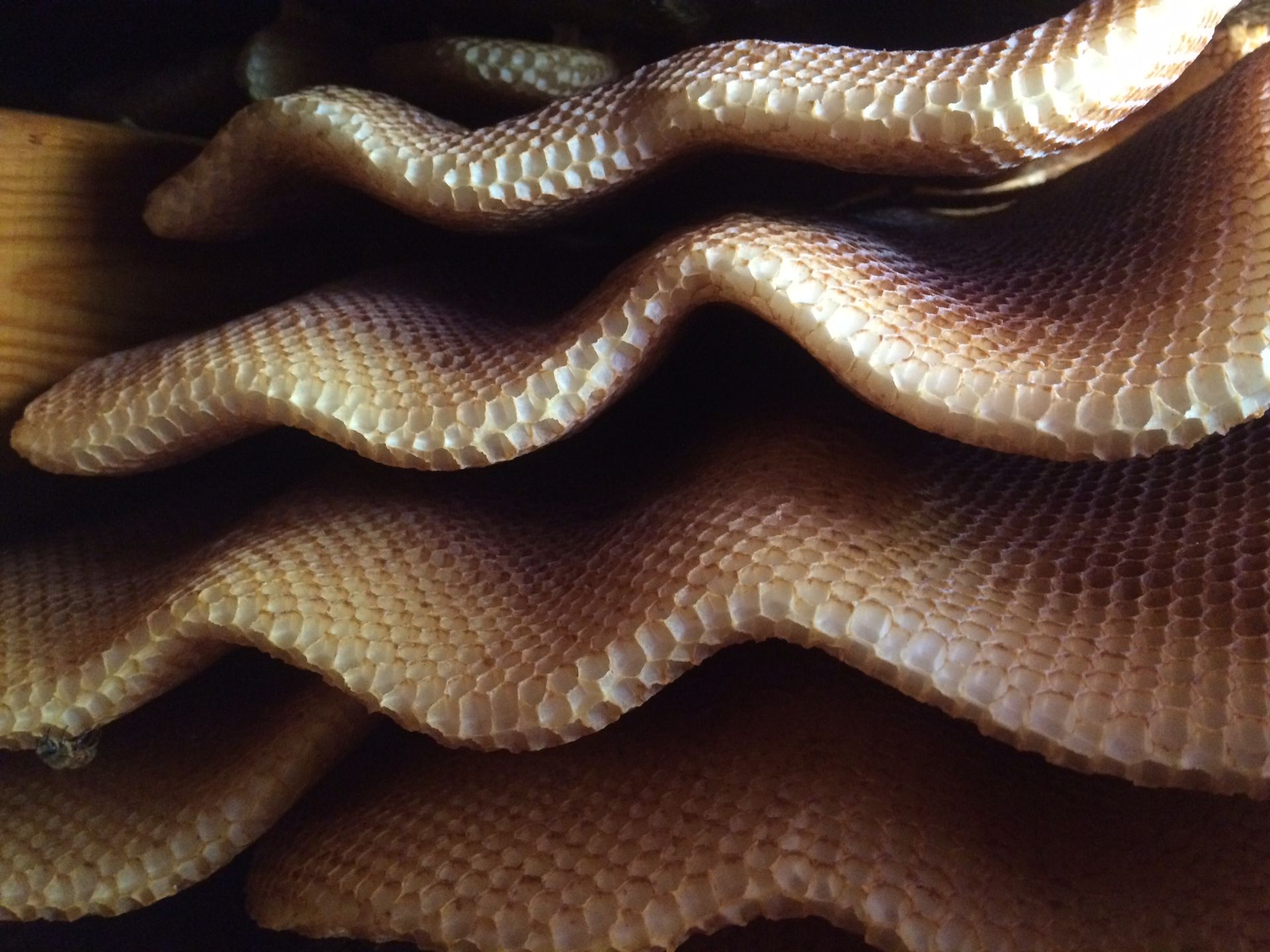Wasps vs. Bees in Phoenix: Your Complete Guide to Arizona Stinging Insects
Living in the Phoenix metro area means dealing with Arizona's desert climate and the unique stinging insects that thrive here year-round. Whether you're in Scottsdale, Tempe, Mesa, or anywhere in the Valley of the Sun, understanding the difference between wasps and bees is crucial for Arizona homeowners. With Phoenix's warm climate extending the active season for these insects, knowing how to identify and handle wasps versus bees can protect your family and property.
Visual Differences: Identifying Phoenix Area Wasps and Bees
The Arizona desert hosts several species of both wasps and bees, and the primary difference starts with their physical construction under magnification. However, since you're likely encountering these insects around your Phoenix-area home or business, here are the key visual differences you can spot from a safe distance.

Arizona Wasps: Sleek Desert Survivors
Appearance: Wasps in the Phoenix area have slim, smooth bodies with narrow waists that give them their distinctive "wasp waist" appearance. Common Arizona wasps include paper wasps, yellow jackets, and mud daubers.
Key Features:
- Smooth, shiny bodies with minimal hair
- Bright yellow and black coloration (though some Arizona species may appear brown or reddish)
- Defined waist between thorax and abdomen
- Long, dangling legs during flight
The lack of hair on wasps makes them less effective pollinators but more aggressive hunters, which is why they're often seen around Phoenix-area garbage cans, outdoor dining areas, and swimming pools.
Desert Bees: Arizona's Fuzzy Pollinators

Appearance: Bees in the Phoenix metro area appear fuzzy and rounded, with their hair helping them collect pollen from Arizona's desert blooms like palo verde, mesquite, and desert willow.
Key Features:
- Fuzzy, hair-covered bodies
- More rounded, stout appearance
- Less defined waist
- Pollen baskets (corbiculae) on their legs
- Colors ranging from golden brown to black
Arizona's native bees, including carpenter bees, leafcutter bees, and various solitary species, are particularly active during Phoenix's spring blooming season and again in fall when desert plants flower.
Behavioral Differences in the Arizona Desert
Understanding behavior patterns helps Phoenix residents know when to be cautious versus when to appreciate these beneficial insects.
Wasp Behavior in Phoenix: Aggressive Desert Predators
Arizona wasps are active predators, and Phoenix's year-round warm weather means extended activity periods. They're particularly aggressive during:
- Summer months when temperatures soar and water sources are scarce
- Fall season when their colonies are at peak size
- Around pools and outdoor dining areas where they seek water and food
Phoenix-Specific Wasp Concerns:
- Paper wasps often build nests under eaves and patio covers
- Yellow jackets may establish ground nests in desert landscaping
- Mud daubers frequently build on stucco walls common in Arizona homes
Bee Behavior in Arizona: Gentle Desert Pollinators
Most bees in the Phoenix area are focused on pollinating Arizona's unique desert flora. They're generally non-aggressive unless their nests are directly threatened.
Arizona Bee Activity Patterns:
- Spring bloom period (March-May): High activity during palo verde and desert wildflower blooms
- Fall flowering (September-November): Active during second desert blooming season
- Summer dormancy: Many native Arizona bees are less active during extreme heat
Important Note: Male bees (drones) don't have stingers, and Arizona hosts several species of stingless bees that are completely harmless.
Why Bees Matter in Arizona's Desert Ecosystem
Phoenix-area bees are essential for:
- Desert plant pollination: Maintaining Arizona's native plant communities
- Agricultural support: Pollinating crops in surrounding agricultural areas
- Urban landscaping: Supporting flowering plants in Phoenix metro neighborhoods
Wasps also contribute to Arizona's ecosystem balance by controlling pest populations, including cockroaches, crickets, and other insects common in the Phoenix area.
When Wasps Become a Problem in Phoenix
Arizona wasps become problematic when they:
- Build nests near pools, patios, or outdoor entertainment areas
- Establish colonies in wall voids or attic spaces
- Become aggressive around outdoor dining during peak tourist season
- Nest in high-traffic areas of commercial properties in Phoenix, Scottsdale, or Tempe
Identifying Nests in Phoenix-Area Properties
Bee Nests in Arizona:
- Honeybees: Create wax combs, often in wall voids or tree cavities
- Carpenter bees: Bore holes in wood structures, decks, and eaves
- Ground-nesting bees: Create small holes in desert soil or landscaping
Wasp Nests in the Phoenix Metro:
- Paper wasps: Gray, papery nests under eaves, patio covers, and ramadas
- Yellow jackets: Often build in ground or wall voids
- Mud daubers: Clay tubes on walls, typically on stucco surfaces common in Arizona homes
Visual cue: Honeycomb structures indicate bees, while papery or mud-based nests typically indicate wasps.

Professional Stinging Insect Control in Phoenix
Whether you're dealing with wasps or bees on your Phoenix, Scottsdale, Mesa, Tempe, Chandler, or Glendale property, proper identification is crucial for effective treatment.
Arizona-Specific Considerations:
- Year-round activity due to desert climate
- Multiple nesting seasons
- Unique desert species requiring specialized knowledge
- Pool and outdoor living area protection
While bees and wasps both belong to the order Hymenoptera, they require different approaches. Most Arizona bee species (family Apidae) don't require control except in extreme situations affecting property or safety. However, carpenter bees can cause structural damage to wood elements in Phoenix-area homes.
The good news? You don't need to become an expert on Arizona's stinging insects. Contact [Your Company Name] for professional stinging insect identification and control throughout the Phoenix metro area. Our Arizona-certified technicians understand the unique challenges of desert pest control and will resolve your wasp or bee situation safely and effectively.
Serving Phoenix, Scottsdale, Tempe, Mesa, Chandler, Glendale, Peoria, and surrounding Valley communities with expert stinging insect control solutions.
